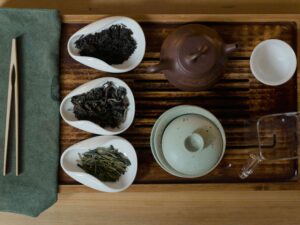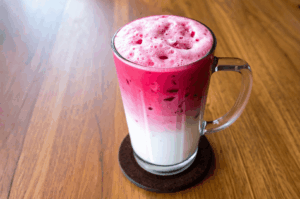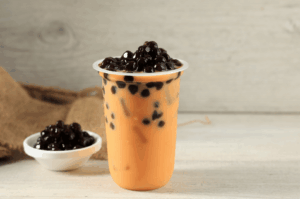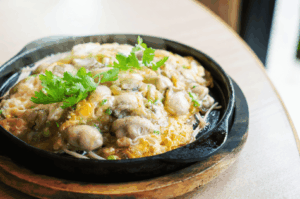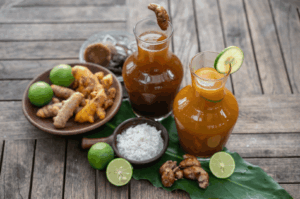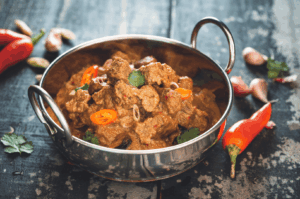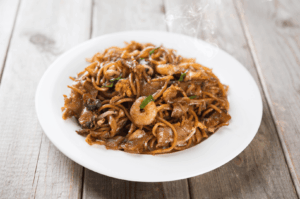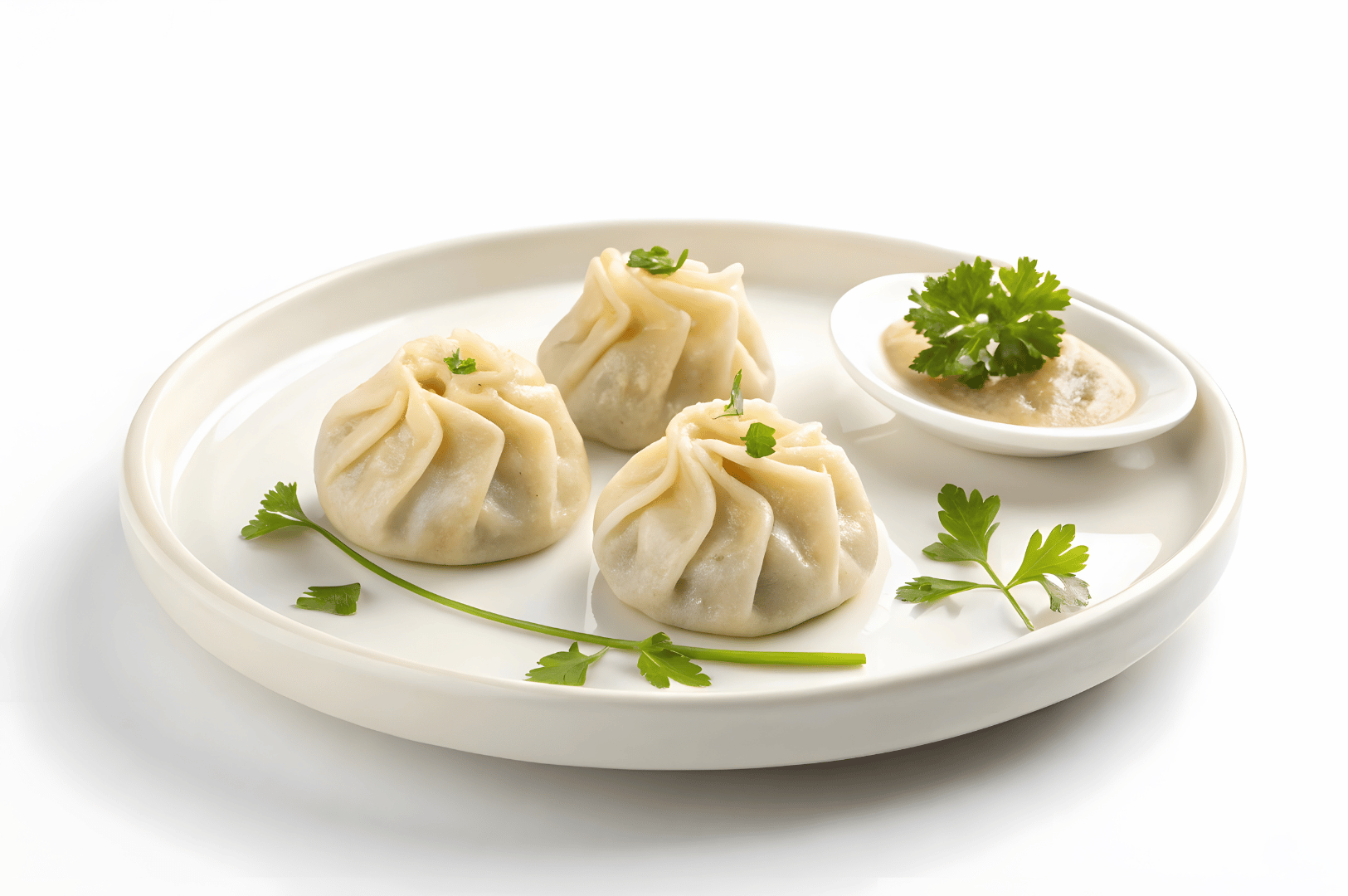
Her hands move in a blur, a dance of muscle memory refined over sixty years. In a small, steam-filled kitchen in Shanghai, an elderly woman transforms a humble circle of dumpling dough into a perfect, 20-pleat xiao long bao. Each pinch and fold is a syllable in a story passed down through generations—prime examples of century old dumpling techniques that give us today’s traditional Chinese dumplings. This is not just cooking; it is a living ritual, an embodiment of ancestral food traditions that connect past to present. Learning to fold dumplings is an essential skill, as mastering different folding techniques is a key part of traditional dumpling preparation.
Exploring homemade dumplings reveals more than just recipes—it uncovers a heritage of dumpling making, from rolling out thin dumpling wrappers to crafting fillings with Chinese chives, napa cabbage, or ground chicken. Making dumpling wrappers from scratch, using simple ingredients like flour and water, ensures authentic results and fresher taste. These techniques show why a well-kneaded, smooth dough is the heart of any great dumpling recipe, whether you plan to enjoy them as boiled dumplings, pan fried dumplings, or steamed dumplings. A stand mixer with a dough hook can also be used as a convenient alternative to kneading by hand, helping you achieve a smooth dough with less effort.
A Shared History: The Evolution of Traditional Dumpling Making

The story of dumplings is global, a testament to human ingenuity and the universal appeal of wrapping a savory dumpling filling inside dough. From Polish pierogi to Italian tortelli, cultures everywhere discovered the magic of enclosing food in a thin sheet of dough. In China, homemade Chinese dumplings remain a symbol of prosperity, often filled with pork mixture, chopped cabbage, and green onions.
Vegetarian dumplings, made with napa cabbage, Chinese chives, or Chinese cabbage, showcase the adaptability of traditional dumpling making to dietary preferences. Whether boiled, steamed, or fried in vegetable oil until golden brown, dumplings have endured because they are versatile, comforting, and absolutely delicious.
What Makes Century-Old Dumpling Techniques Special?
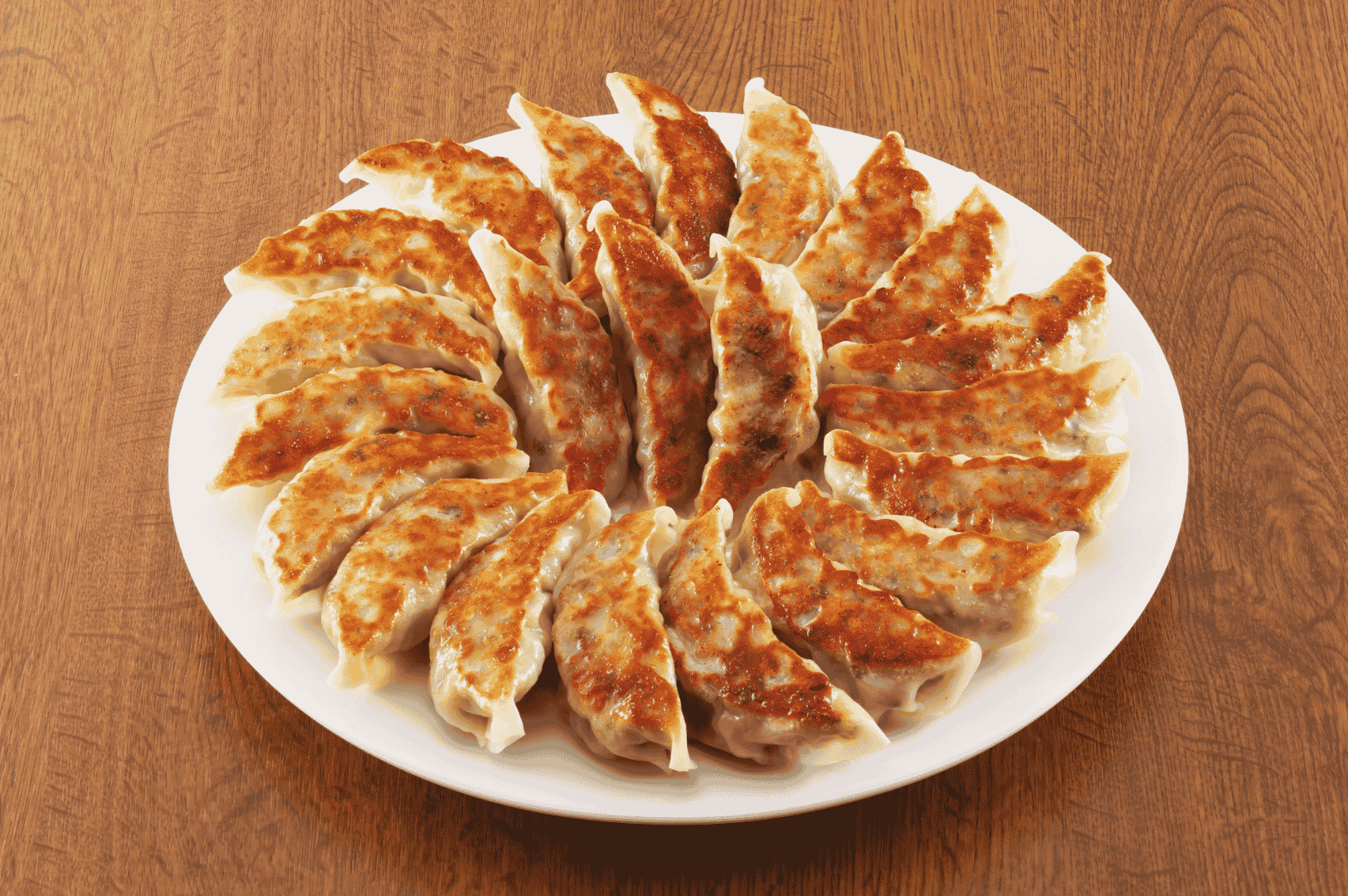
Century old dumpling techniques create superior texture and flavor that machines can’t replicate. From hand-pleating pan fried dumplings to carefully sealing water boiled dumplings so they don’t burst, every step is part of preserving cultural heritage.
The key is balance: a soft dough that stretches without tearing, a juicy filling, and careful folding. These timeless skills are why homemade dumpling wrappers and own dumplings made from scratch will always surpass factory-made versions.
The Foundation: Making Dumpling Dough the Traditional Way
Every Chinese dumpling begins with its base: Chinese dumpling dough. To prepare, mix the flour (plain flour or all-purpose flour) with cold water in a large mixing bowl until a soft dough forms. Knead the dough on a floured surface until it becomes a smooth dough, elastic but not sticky. Some cooks enrich the dough with a dash of soy sauce or sesame oil salt for flavor, but the true magic lies in achieving just the right texture.
Cover the dough with a damp paper towel and let it rest. Later, roll it out with a rolling pin or pasta maker into thin rounds for dumpling wrappers. This classic wrapper recipe ensures fresh wrappers that cook evenly, whether you prefer boiled dumplings that float in broth, steamed dumplings over a large pot, or crispy pan fried dumplings cooked in medium high heat with vegetable oil or olive oil.
Crafting the Heart: Creating Dumpling Fillings with Ancient Wisdom
A great dumpling is only as good as its filling. Traditional dumpling recipes often mix ground meat such as pork or ground chicken with finely chopped vegetables like napa cabbage, green onions, and Chinese chives. For seasoning, classics include soy sauce, sesame oil, oyster sauce, or even chicken broth to add juiciness.
The trick is balance—too much liquid and the filling leaks, too little and it tastes dry. The best dumpling filling should be tender, aromatic, and hold together when wrapped, producing an absolutely delicious bite every time.
Dumpling Folding Techniques Across Cultures
- Chinese Jiaozi (Crescent Moon Pleat): A spoonful of pork mixture or vegetarian dumplings filling is wrapped in dough and pleated into a crescent shape. Perfect for pan frying to crispy, golden brown perfection. Place dumplings on parchment paper before steaming to prevent sticking.
- Italian Tortelli (Fingerprint Press): A sheet of pasta dough is sealed with firm fingertip pressure—ancestral techniques similar to dumpling making worldwide.
- Polish Pierogi (Rope Crimp): Ensures durability for boiled dumplings cooked uncovered until tender.
- Central Asian Manti (Twisted Top Knot): A decorative fold that locks in juicy ground meat fillings while steaming.
These methods show how dumpling folding preserves both function and artistry.
From Steaming to Frying: Cooking Dumplings the Traditional Way
Cooking dumplings offers endless variation:
- Steamed dumplings: Place dumplings on a parchment lined baking sheet or bamboo steamer, cook over a large pot of boiling water until tender.
- Boiled dumplings: Drop into salted boiling water and cook uncovered until the dumplings float—a sure sign they’re ready.
- Pan fried dumplings: Pan fry the dumplings by heating oil in a pan over medium heat, placing them in a single layer, frying until the bottoms are golden brown, then adding a splash of water, covering to steam, and finally pan frying again to crispen the bottoms.
Each method highlights the versatility of homemade Chinese dumplings—crispy, tender, or silky soft.
Preserving Dumplings: Storage for Flavor and Convenience
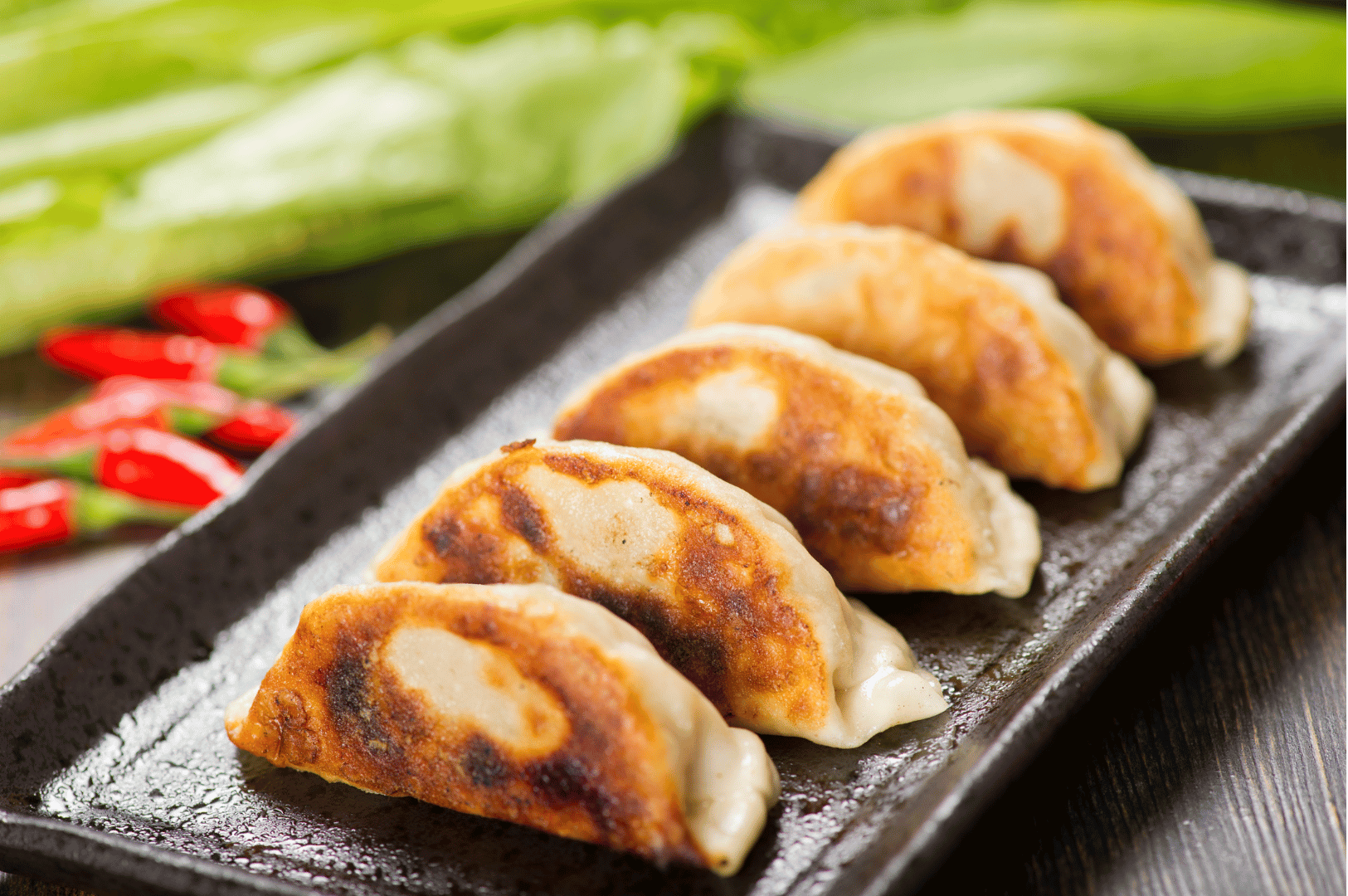
To freeze dumplings, first prepare them as usual, then arrange the uncooked dumplings on a parchment lined baking sheet and freeze until solid; this method makes it easy to store and is a convenient way to preserve dumplings for later use. Once frozen, transfer the dumplings to bags for longer storage. These frozen dumplings can go straight into boiling water or a hot pan.
For short-term storage, refrigerate on parchment paper for up to three days. Whether you dry, freeze, or refrigerate, all the dumplings you make will stay fresh for future meals.
Reheating Dumplings: Bringing Leftovers Back to Life
Leftover Chinese dumplings are a treasure, and with the right reheating techniques, you can enjoy them just as much the second time around. For boiled dumplings, gently reheat by placing them in simmering water or a flavorful chicken broth for a few minutes—this keeps them tender and prevents them from drying out. If you’re reviving pan fried dumplings, add a splash of vegetable oil to a skillet and warm them over medium heat until the bottoms turn golden brown and crispy again. For steamed dumplings, simply steam them for 2-3 minutes to restore their soft, delicate texture.
No matter the method, serving reheated dumplings with a vibrant dipping sauce made from soy sauce, sesame oil, and a touch of chili oil will bring out their best flavors. With these simple steps, your homemade Chinese dumplings will taste absolutely delicious, meal after meal.
Serving Dumplings: Tradition at the Table
Bringing Chinese dumplings to the table is a celebration of both tradition and creativity. Arrange steamed dumplings or boiled dumplings on a platter, garnished with a sprinkle of green onions and Chinese chives for a burst of color and freshness. For pan fried dumplings, present them in a separate dish to highlight their crisp, golden brown bottoms—a visual and textural delight.
Traditional serving often includes a variety of dipping sauces, such as soy sauce, sesame oil, and chili oil, allowing each guest to customize their flavor experience. To keep dumplings from sticking, line your steamer baskets with parchment paper or a damp paper towel. For a modern twist, pair homemade dumpling wrappers with inventive fillings like pork filling or vegetarian dumplings, and offer an array of sauces for dipping. However you serve them, dumplings bring people together, making every meal a shared moment of joy.
The Essential Condiment: Crafting Traditional Chili Oil
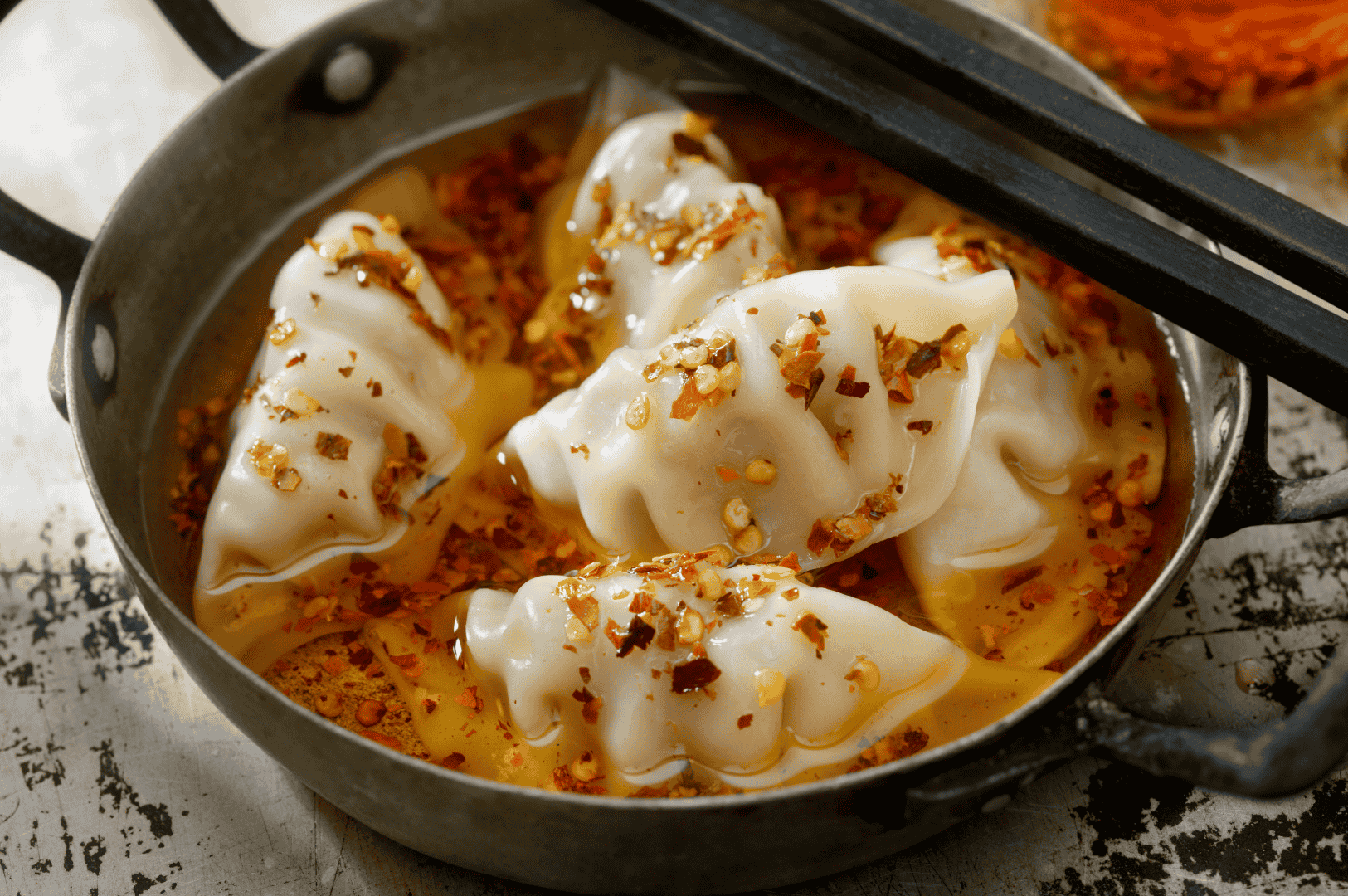
No plate of Chinese dumplings is complete without a side of aromatic chili oil. To make your own, gently heat vegetable oil in a saucepan with dried red chili peppers, sliced garlic, and fresh ginger over low heat. Let the flavors infuse until the oil is fragrant and reaches your preferred level of heat, then strain the mixture into a clean glass bottle. This homemade chili oil can be stored in the refrigerator for up to six months, ready to add a spicy kick to any meal.
Drizzle this vibrant oil over boiled dumplings, pan fried dumplings, or homemade Chinese dumplings for an extra layer of flavor. For a classic dipping sauce, combine chili oil with soy sauce and a splash of sesame oil—the perfect complement to every bite. With this essential condiment, your dumpling experience will be elevated to new heights, making each meal absolutely delicious.
Avoiding Pitfalls in Dumpling Making
Some common mistakes in dumpling making include:
- Using the wrong flour (stick with purpose flour or plain flour).
- Overfilling wrappers, which causes bursting.
- Forgetting to knead the dough until a smooth dough forms.
Follow a great recipe, use a preferred nutrition calculator for adjustments, and remember—practice improves your dumpling making every time.
Conclusion: A Call to Practice Century-Old Dumpling Techniques
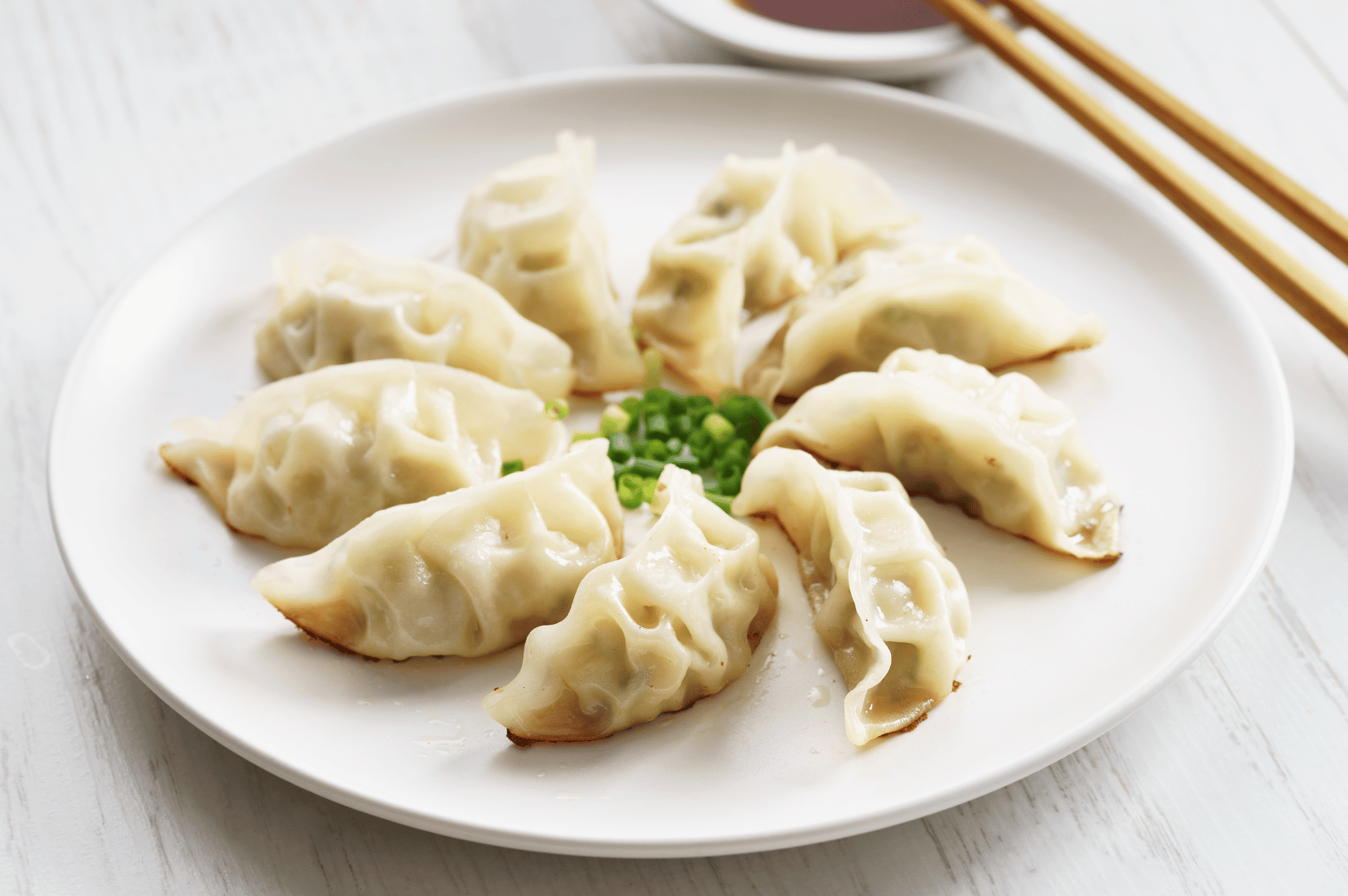
Whether you’re folding vegetarian dumplings with chopped cabbage or crisping pan fried dumplings until golden, practicing century old dumpling techniques keeps cultural food traditions alive. As you plan, consider how many dumplings to make—just enough for tonight or extra to store as frozen dumplings.
By cooking, folding, and sharing homemade Chinese dumplings, you’re preserving tradition and creating meals that are absolutely delicious. From dumpling wrappers to dipping sauce with soy sauce, chili oil, or sesame oil, every detail celebrates history at your own table.
So gather your tools—mixing bowl, rolling pin, large pot, parchment paper—and dive into the timeless art of dumpling making. Each fold, press, and crimp isn’t just about food; it’s about keeping alive the flavors of heritage.
To explore more culinary traditions from the same author, read about the 5,000-year journey of Chinese tea or discover the refreshing traditions of Indian lassi drinks.
The Art of Asian Tea Ceremony Traditions: Ancient Rituals and Cultural Values Across Asia
Dio Asahi | November 15, 2025
A cup of tea, in many parts of Asia, represents far more than a beverage-it is a conduit to ancestral tradition, intellectual pursuit, and the cultivation of mindfulness. Asian tea ceremony traditions turn the act of drinking tea into a sophisticated art form, layered with symbolism, philosophy, and socio-cultural values. Each gesture, from scooping powdered…
The Art of Slow-Cooked Curry Recipes: Time’s Magic in South Asian Cuisine
Eda Wong | November 13, 2025
Step into a South Asian kitchen, and the senses are instantly enveloped by the inviting aroma of food slowly simmering in a sturdy clay pot or heavy vessel. The allure is undeniable: in this space, slow-cooked curry recipes are a celebration of patient tradition, spices, and the richness of South Asian cuisine. Here, time and…
Bandung Drink Recipe: A Singaporean Rose Syrup Drink Tradition
Eat Drink Asia Team | November 11, 2025
Step into any night market or hawker centre in Singapore, and you’ll spot a vibrant, glowing glass filled with a cold, beautiful drink-Bandung. Known for its iconic blush-pink hue and refreshing taste, this rose syrup drink is an integral part of Singapore’s beverages scene and a cherished tradition in Southeast Asian gatherings. More than just…
The Ultimate Hainanese Chicken Rice Recipe: A Deep Dive
Eda Wong | November 8, 2025
To wander through Singapore’s bustling hawker centres on a humid evening is to experience a symphony of sights, sounds, and smells. Among the many other dishes sizzling away, one plate stands out for its elegant simplicity: Hainanese Chicken Rice. It arrives without fanfare-gleaming slices of poached chicken over fragrant rice, flanked by a trio of…
Bubble Tea Origins: How Taiwan Created a Global Beverage Phenomenon
Dio Asahi | November 6, 2025
From Taipei to New York, a single drink has captured the world’s taste buds: bubble tea. This beverage, known as pearl milk tea or boba tea, and also known as boba in many regions, is celebrated for its delightful combination of sweet, creamy tea and signature chewy tapioca pearls. What began as a novel creation…
A Food Lover’s Guide to the Taiwanese Oyster Omelet
Eat Drink Asia Team | November 4, 2025
As twilight descends upon Taipei City, a vibrant energy pulses through its streets. This is the hour of the night markets, bustling hubs of community, commerce, and some of the world’s most incredible street food. Amidst the steam from soup dumplings and the sizzle of Taiwanese fried chicken, one iconic dish reigns supreme: the Taiwanese…
Jamu: Indonesian Herbal Medicine for Modern Well-Being
Dio Asahi | November 1, 2025
Across the Indonesian archipelago, a vibrant tradition of herbal healing has flourished for centuries. This is jamu, a cornerstone of Indonesian cultural heritage and a sophisticated system of traditional herbal medicine. Far more than just a refreshing drink, jamu represents a philosophy of balance, a deep connection to nature, and a form of indigenous medicine…
Padang Beef Rendang: The Complex Process Behind Indonesia’s Most Famous Dish
Eda Wong | October 30, 2025
This post may contain affiliate links. For full transparency, this article may contain affiliate links. To call Padang beef rendang simply a dish is to miss the soul of Indonesian cuisine. This legendary slow-cooked dry curry, a centerpiece of both festive tables and humble meals, has earned its fame as one of the world’s most…
Teh Tarik Malaysia: The Art and Science Behind Iconic Pulled Tea
Eat Drink Asia Team | October 28, 2025
In Malaysia, ordering a cup of teh tarik is about so much more than just enjoying a hot drink. Teh tarik, literally translated as “pulled tea,” is Malaysia’s national beverage, famous for its sweet, creamy taste, frothy top, and the spectacular pulling technique seen in bustling mamak stalls and coffee shops across the country. A…
The Legendary Penang Char Kway Teow: A Culinary Journey
Dio Asahi | October 25, 2025
The air in Penang is thick with anticipation, carrying the sounds and smells of Malaysian street food being crafted with expert care. Your attention is captured by one of the many street vendors, a master standing before a seasoned wok glowing over an intense fire. The rhythmic clanging of metal on metal is the soundtrack…

